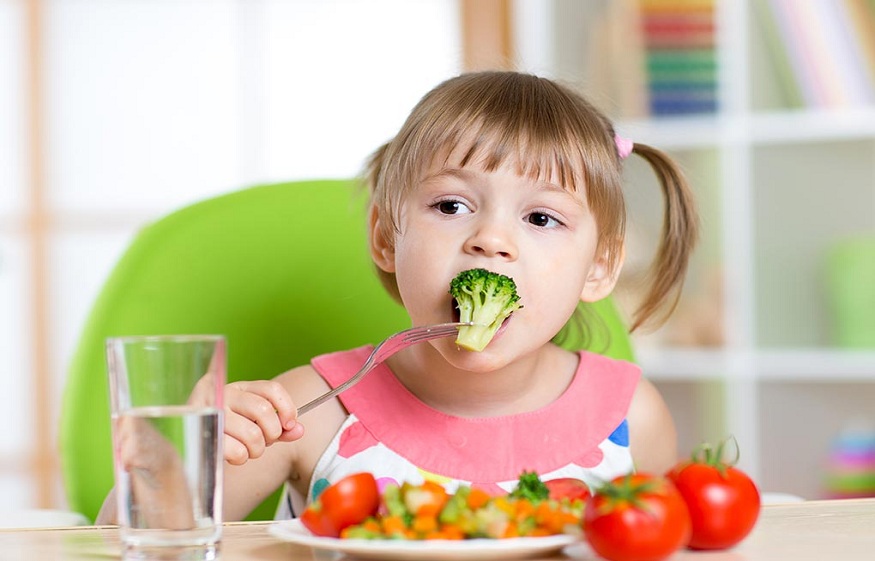Preserving the health capital of seniors thanks to a balanced diet
The Complete Guide to Personal Accident Insurance Plans
The diet of seniors must be careful and correspond to specific needs in order in particular to avoid deficiencies. The physical health of seniors depends on the plate which must combine benefits and pleasures
Be attentive to your needs
When the body changes and becomes more fragile, what we eat and what we drink take on a more essential character. Identifying your needs and knowing how to respond to them constitute the pillars of our health capital.
Indispensable nutrients
Just because you’re getting older doesn’t mean you have to eat less or cut out a meal. The usual 3 allow a regular supply of nutrients. The more so as certain needs increase, in proteins, vitamins and minerals in particular. The nutritional benchmarks remain the same by not neglecting the sources of protein (meat, fish, eggs) and by insisting on dairy products, sources of calcium, and on fruits and vegetables which provide vitamins and minerals, as well as fibers for regulate intestinal transit. The amounts must be adapted according to your physical activity. Remember to weigh yourself regularly. Stability of weight is a good indicator of health.
Dietitian-nutritionist
With age, nutritional needs change. Regular physical activity and an intake of animal protein are essential for maintaining muscle mass. Better to focus on white meats to limit cholesterol intake. With regard to calcium, the recommended nutritional intake increases, from 900 mg in adults to 1,200 mg in those over 60, hence the importance of dairy products as well as vitamin D which helps to fix it. Omega 3, these essential fatty acids that the body does not know how to manufacture and which must be provided by the diet, are also important.
Drink without thirst
The feeling of thirst subsided over the years. It is therefore better to get into the habit of monitoring your consumption (1.5 l per day) and drinking regularly and without waiting to be thirsty to avoid becoming dehydrated. Consumption should be increased in case of heat, fever, diarrhea or vomiting, and with the taking of certain drugs (diuretics or laxatives for example).
To move is not to force
Physical activity helps maintain muscle mass which tends to melt away under the weight of the years and in case of reduced activity. A gentle activity, at least an hour a week, such as gymnastics, yoga, tai chi, water aerobics or even pétanque, can be practiced at any age and is beneficial in many ways. 5 to 10 minutes a day are enough to start: running errands, gardening, etc., according to your desires and your possibilities.
Healthy bones
Gradual demineralization of the bone is inevitable with age. This phenomenon is accentuated in women after menopause, with the risks of osteoporosis and fractures that this entails. To maintain its bone capital, the body needs protein (1 to 2 times a day) to preserve the bone structure and the muscles that support the skeleton, calcium (3 to 4 dairy products per day) for bone mineralization and of vitamin D to fix it (oily fish, eggs, fortified products).
Preserve your joints
The hip and knee joints are the most stressed. The knee, for example, supports 1.5 times the weight of the body during walking. Losing a few pounds and maintaining your muscles through regular exercises help preserve your joints. On the diet side, promote the intake of omega 3 fatty acids (oily fish, crustaceans, etc.) for their anti-inflammatory properties and prefer rapeseed and olive oils, which are more balanced, with sunflower or sunflower oil. But.
A little salt, a lot of flavor
Salt is very pleasant to enhance the flavor of foods, especially as the perception of salty taste tends to diminish with age. But in excessive amounts, it can promote high blood pressure and water retention. No way to delete it (it could depress your appetite), you just have to use it without excess and without systematic addition. Beware of ready-made dishes that contain a lot of it and use spices, condiments and herbs for your cooking to awaken your taste buds.
Keep kids away from harmful BPA
Studies have shown that hormone-disrupting BPA may pose several health risks, including behavioral disorders, reproductive health concerns, and diabetes.
These risks are thought to be higher for infants and children, due to their smaller bodies and potentially higher absorption rates. They are also thought to be higher for children exposed to the chemical in utero during their mother’s pregnancy. BPA and phthalate-free products such as BPA free lunch containers would be a considerable choice to raise your young ones without any harmful side effects.


